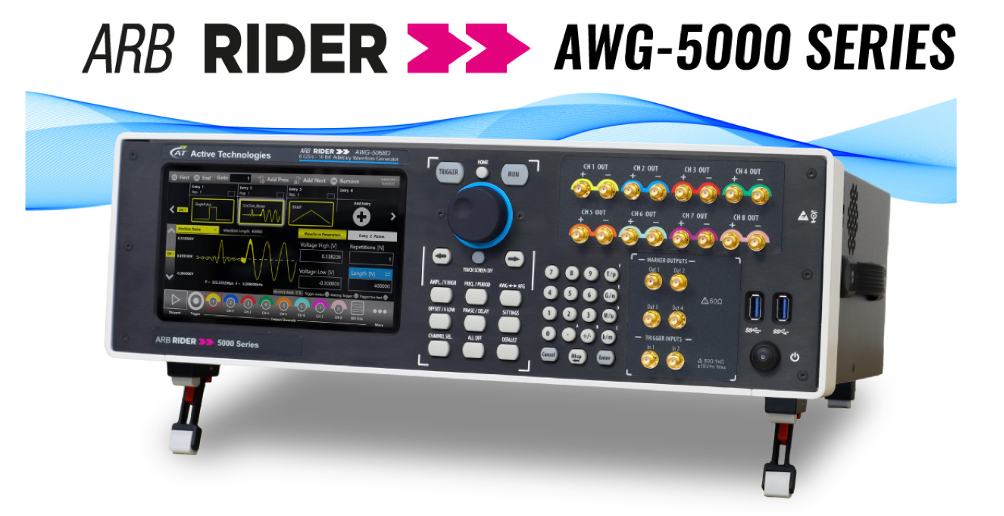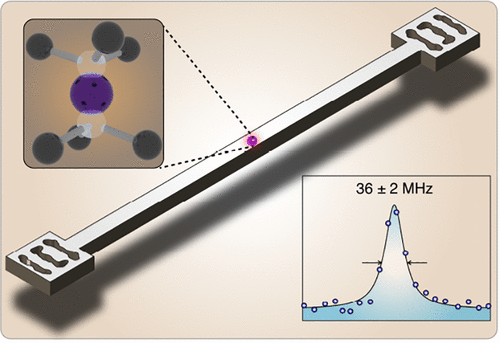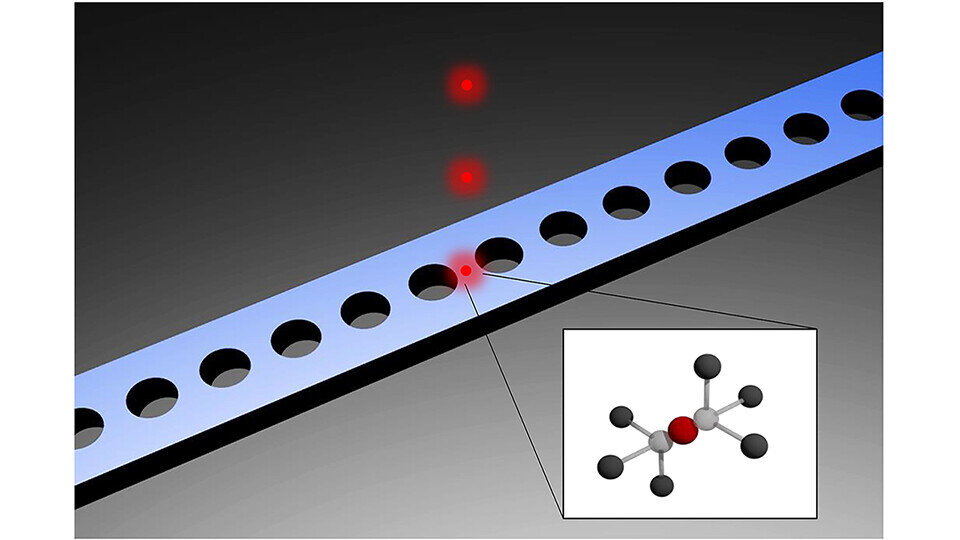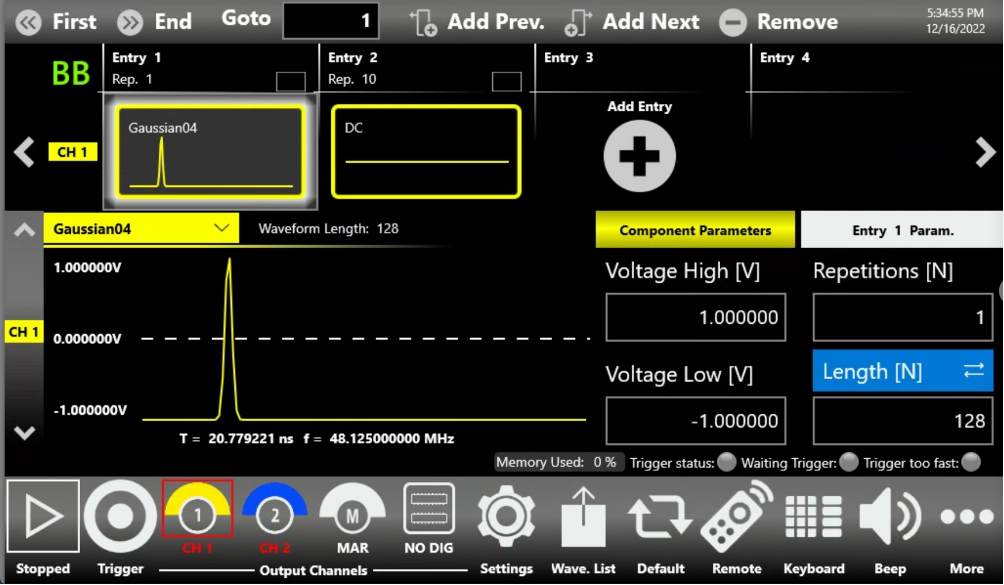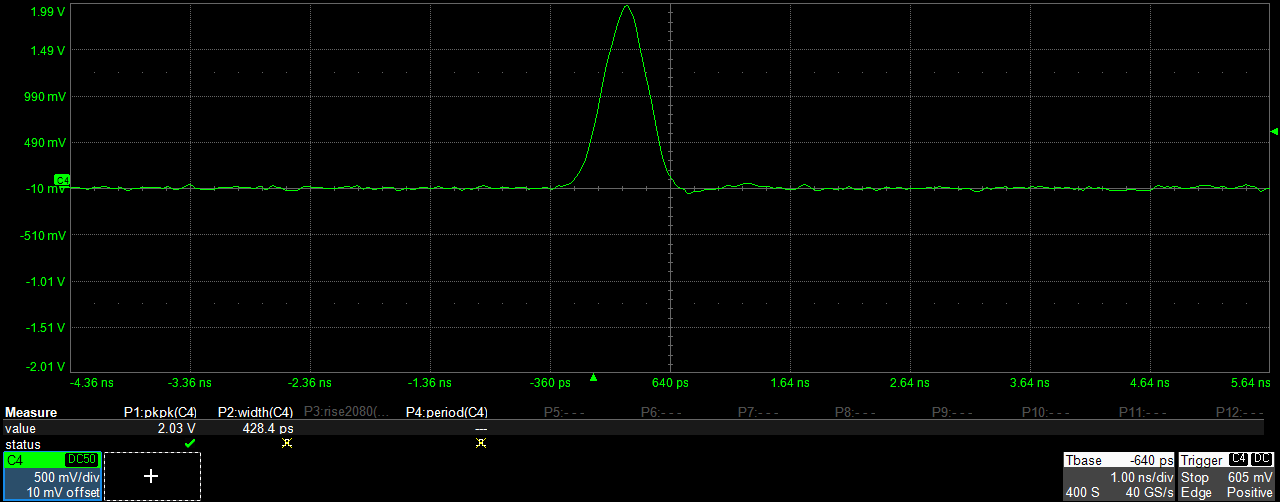AWGs to manipulate nitrogen vacancy colour centre in diamond
AWG-5000 Series Application Note – Optics, Photonics and Lasers
AWG to manipulate nitrogen vacancy colour centre in diamond
Color centers in diamond are defects in the crystal lattice, where carbon atoms are replaced by different kinds of atoms, and adjacent lattice sites are empty.
Due to their bright single photon emission and optically accessible spins, color centers can be promising solid state quantum emitters for future quantum information processing and quantum networks.
Two of the most mature systems that enable the entanglement of spin qubits and coherent photons are quantum dots and the nitrogen vacancy colour centre in diamond. However, between these two systems, NVs exhibit excellent coherence times exceeding 1s, but lack efficient emission into the zero-phonon line (ZPL) required to yield indistinguishable photons, whereas quantum dots have shown great promise in emission properties but are limited to tens ns coherence times.
This highlights the typical challenges working with solid state quantum emitters:
- single photon generation
- the emitter spin coherence times.
Recent investigations into group IV vacancy centres in diamond in partivular SiV ones, show promise results in meeting these field.
In combination with their good spin properties, tin-based vacancy centers are well suited for integration into nanophotonic platforms because of their strong and stable zero-photon line emission in nanostructures.
Group IV vacancy centres in diamond show excellent optical properties due to their crystallographic symmetry which favours emission into ZPL.
SiV centers show 10 ms coherence times at 100 mK, while SnV has been predicted to give similar times at 2 K – a readily accesible temperature with standard helium cryostats.
The Arb-Rider AWG-5000 Series has been used to control the experimental pulses’ sequences used to manipulate single tin vacancy centers in diamond.
The AWG-5000 allows generating narrow electrical square pulses with high amplitude (>1.5V) to control an electro-optical amplitude modulator in order to generate short laser pulses.
Using this mechanism, it is possible to generate optical pulses with a close to Gaussian shape exhibiting a full-width-half-maximum as narrow as 280ps.
Furthermore, the AWG-5064 has been used to drive an electro-optical phase modulator for generation of frequency sidebands up to about 2GHz, enabling driving of two optical transitions with phase-stable laser fields.
The digital output channels of the AWG-5000, allow to control acousto-optical amplitude modulators or they are used to generate trigger pulses for timing of experimental sequences.
In the future, it will be necessary the real time control of the measurement protocols depending on the outcome of a certain readout within the sequence.

